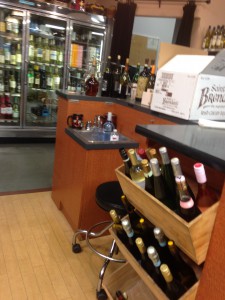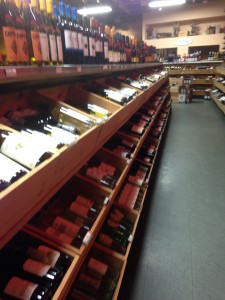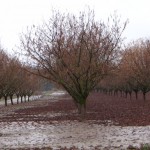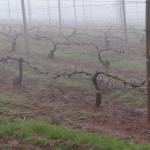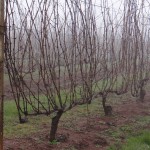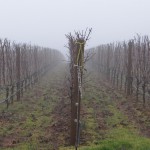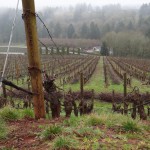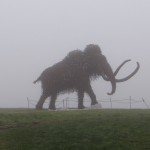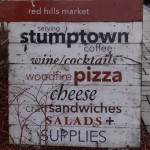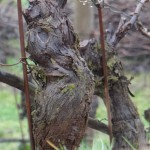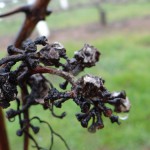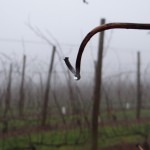Group Members: Moemu Seo, Nykkeicha Mcewan, Rizk Zouad, Jennifer Lin
Piedmont Region: Located South-west of Alba in hills of an area known as Langhe. Piedmont is the second largest region in Italy. It produces powerful, structure red wine that is aged for decades.
(The minimum aging requirement of Barolo is 3 years, and 2 of the 3 years must be aged in a barrel. There is a minimum alcohol level of 13%.)
Grape: The Grape variety of Barolo wine is Nebbiolo, which is the dominant red grape in Piedmont. (Nebbiolo is thought to derive its name from the Italian word nebbia which means “fog.”)
Climate Conditions: Summers are warm, leading to a foggy fall during harvest time, and cool-snowy winters, and mild springs.
Historical Perspective: Barolo wine has been made over 100 years ago. Prior to the mid-19th century, Barolo was a sweet wine, but after the 19th century, a French winemaker Louis Oudart made a technique that enable the Nebbiolo grape to be fermented till its grape is completely dry.
DOC of Interest: Dolecetto D’ Alba (Dry red wine noted for its juicy fruit character, low levels of acidity and mild tannins.) Barbera D’ Alba (Red wine with low tannin, but high in acidity, noted for its dark fruits and berry taste.)
DOCG of Interest: Barolo and Barbaresco (Similar to characteristic of Barolo, it is made with 100% Nebbiolo grapes, but the wines of Barbaresco is more fruity, less structure, and contains softer tannin than a Barolo. The minimum alcohol level of Barbaresco is 12.5%. The aging requirements is 2 years, and if it is aged for 3 years or longer, its label can be call Reserve.
IGT: None
Question for the exam: Why is the Barolo and Barbaresco appellation so significant in the region of Piedmont, and note the different and similar characteristic of their wine and wine making process.
Answer: Barolo and Barbaresco is the two most important DOCG of Interest in the region of Piedmont. Barolo and Barbaresco shares similar characteristic in their wine since they are produced with the same grapes. But the characteristic of the wine differs because their aging process and requirements are not the same.
2006 Barolo DOG, Viberti Giovanni, Piedmont, Italy
The wine has a earthy, oak, mushroom, and truffles characteristic, with high tannin and a hint of spice. The appearance of the orange-red in the rim variation shows the aging of the wine, but the wine can most likely be aged for another 5 years, so the fruitier characteristic may form.
Paring: Meat dishes (Steak, stew), heavy pastas and rich risottos


